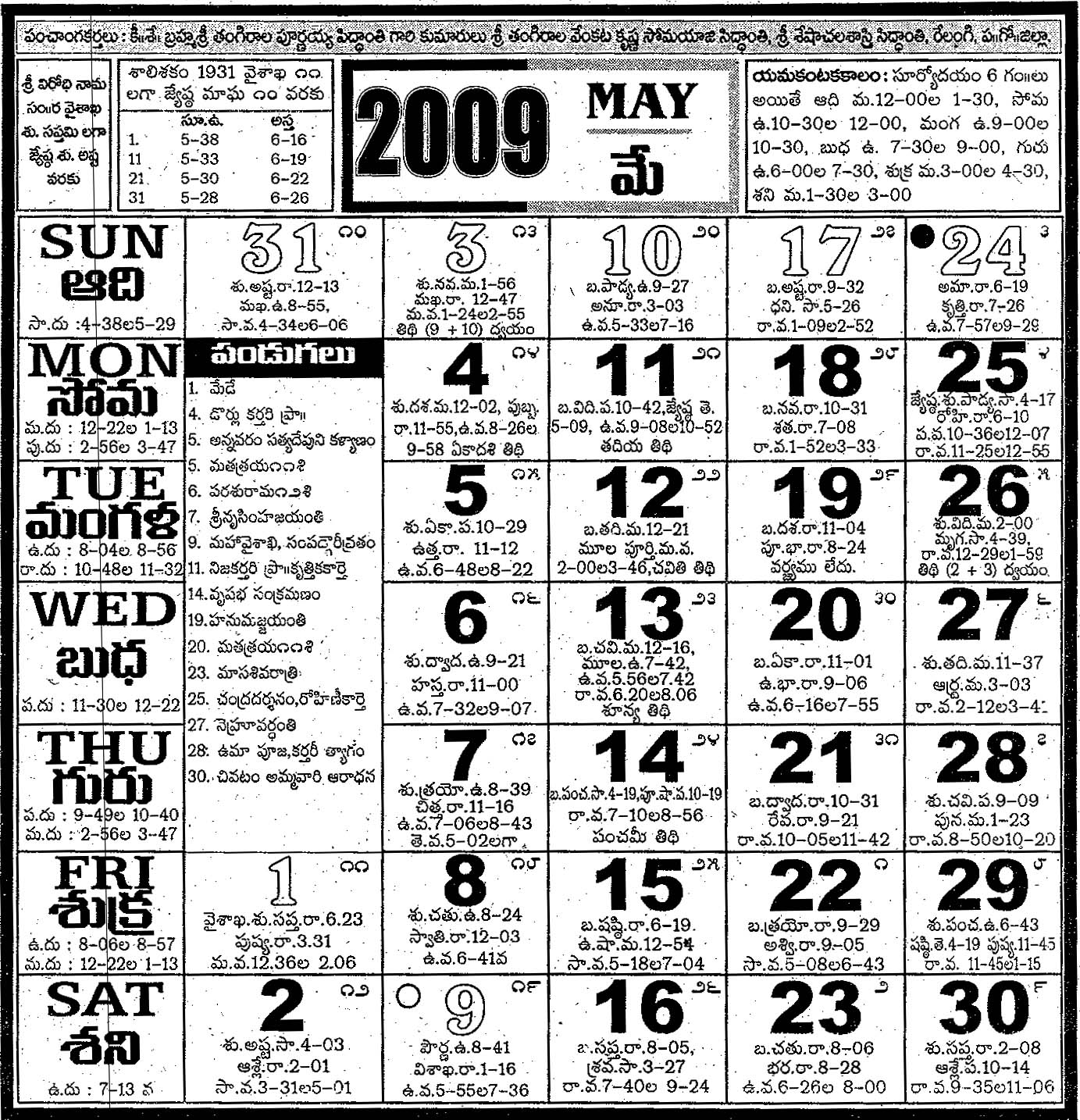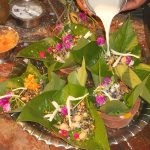The calendar used in India from Vedic times is the Panchanga. In Sanskrit, the word ‘Pancha’ refers to ‘five’ whereas ‘Anga’ is ‘limb’ or ‘part’. The Panchanga is based on the position of the Sun (Surya) and the Moon (Chandra) and five factors that are related to them comprise the Panchanga. Regional calendars display the International calendar and dates as well as the lunar calendar and the basic Panchanga details alongside for each day.
Application Of Panchanga
We use Panchanga to find the right time for doing something as well as the time to avoid which is Muhurta. It tells us the auspiciousness or inauspiciousness of a particular date and time which is unique for each date. As per tradition, it is best to start important events in life during auspicious times for which a person consults the Panchanga. The Panchanga is based on the lunar calendar and also used to time regional festivals. The basic concept and calculations of Panchanga are the same across the country but different regions use different Ephemeris or Ayanamsa thus resulting in slight variations among regional Panchangas with regard to the Tithi and Nakshatra timings.
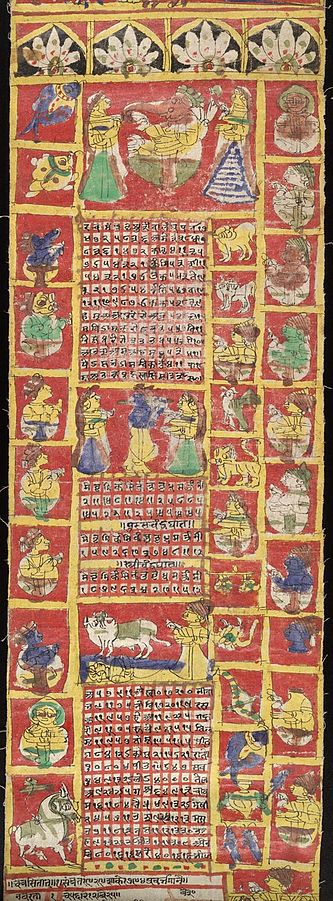
Five Factors That Make The Panchanga
Vaara
This is the weekday which is usually referred to as Adivaram (Sunday), Somavaram (Monday), Mangalavaram (Tuesday), Budhavaram (Wednesday), Guruvaram (Thursday), Shukravaram (Friday) and Shanivararam (Saturday). Of these Sunday, Tuesday and Saturday are considered unfavourable for any auspicious work.
Tithi
The Tithi is the phase of the Moon. One Tithi is 12 degrees difference between the degrees of the Sun and the Moon. The full Moon is Poornima and the new moon is Amavasya. Panchanga differentiates between the 14 waxing and waning phases by using the prefix of Shukla Paksha (waxing) and Krishna Paksha(waning) each of which has different qualities. Each Tithi has its own negative and positive qualities that are suitable for certain activities and unsuitable for others.
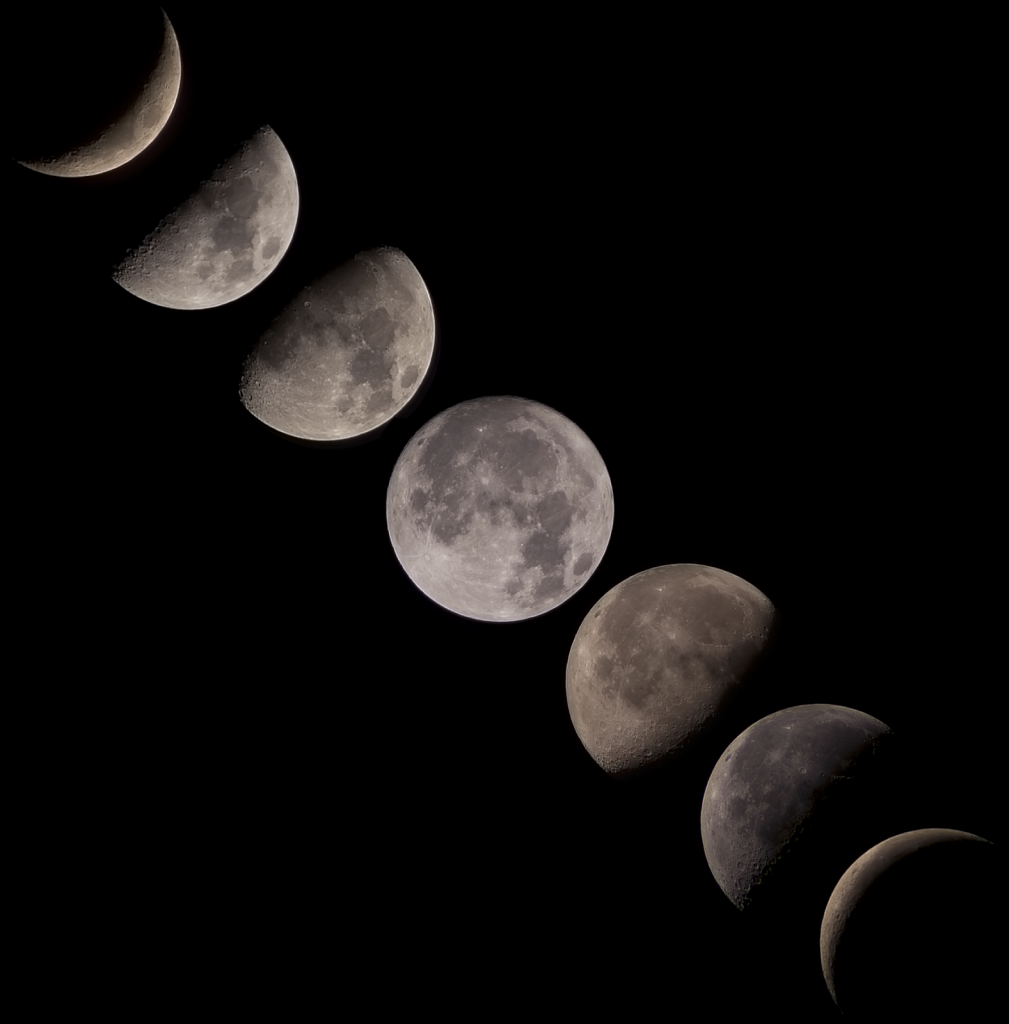
Karana
A Karana is half a Tithi. There are 11 Karanas and their sequence changes according to Krishna paksha or Shukla paksha. Each Karana has its own qualities that are suitable for certain good or bad activities.
Yoga
Yoga measures the angular relationship between the Sun and the Moon. We add the longitudes of the Sun and the Moon and divide into 27 equal parts. There are certain yogas that are auspicious for certain work and unsuitable for others which would be mentioned in a Panchanga.

Yoga measures the angular relationship between the Sun and the Moon
Nakshatra
Vedic Astrology divides the 360 degrees of the zodiac into 27 Nakshatras of 13 degrees and 20 minutes each. Padas are the further subdivision of the Nakshatras into 4 padas or quarters of 3 degrees and 20 minutes each. The Panchanga tells us which Nakshatra the Moon is in on that day and this is the ruling Nakshatra of the day. The Nakshatra’s attributes also contribute to the auspiciousness and inauspiciousness of the day and the day is suitable for certain activities that are in line with the nature of the Nakshatra.

Other Details And Factors In A Panchanga
Special Yogas
When the Tithi, Nakshatra & Karana are all auspicious at a certain time it has a special significance. The Panchanga shows that time as a particularly auspicious or inauspicious time.
Kalas
Kalas are the further aspects of the day, which are Rahukalam, Yamagandam & Gulikakalam and these times are inauspicious.
Varjyam, Durmuhurtam & Amrita Kalam
We calculate the Varjyam, Durmuhurtam and Amrita Kalam as per the rules laid out in Vedic texts. Of these three, the Varjyam and Durmuhurtam are inauspicious whereas Amrita Kalam is considered auspicious.
Tarabalam
This is the calculation based on how many nakshatras away from one’s birth nakshatra (Janma Nakshatra) the day’s ruling nakshatra is which in turn defines the Tarabalam for each Rasi or group of Rasis.
Chandrabalam
Chandrabalam refers to the strength and placement of the moon. The moon placed 6th, 8th or 12th from your birth Rasi is unfavourable. Additionally, the 8th from the birth Rasi is considered the worst and is marked in a Panchanga as Ashtama Chandra for that Rasi.
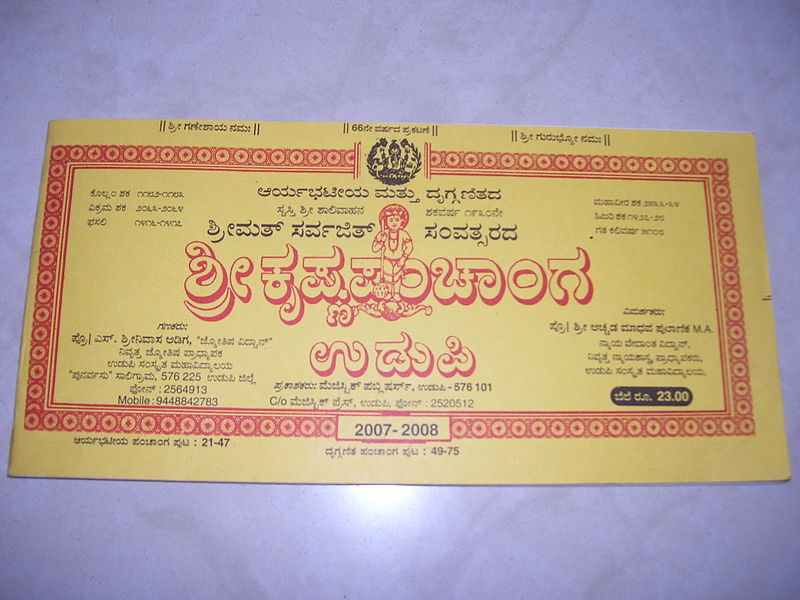
Hora
A Hora is of one-hour duration in a day, ruled by a particular planet and this information is used to select a time that is ruled by a planet that is favourable for a certain activity.
Muhurtas
A day has 30 muhurtas and of them all, only the Rudra, Ahi, Pitru, Puruhuta, Naktanchara, Bhaga, Girisa, Ajipada, Yama & Agni are inauspicious Muhurtas.
Lagnas
A Lagna is the rising sign on the eastern horizon at any given time and place.
Chougadia Pravesh
There are 16 Chougadias in a day and night. They have their own attributes that are good and bad.




